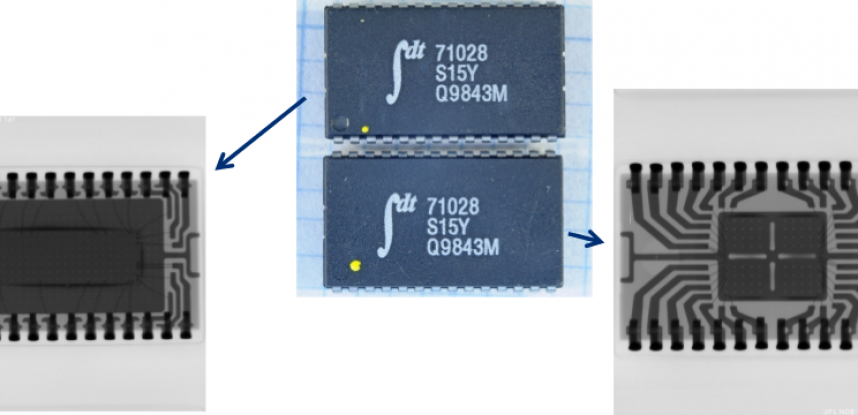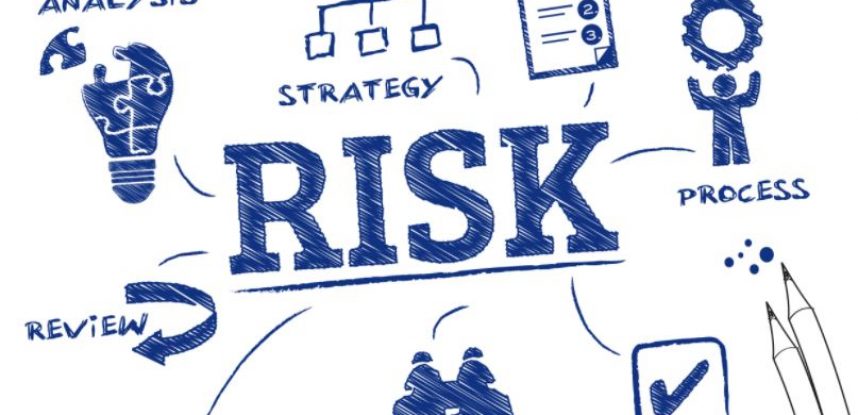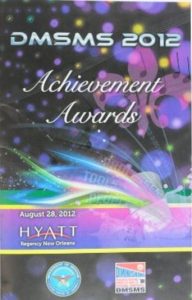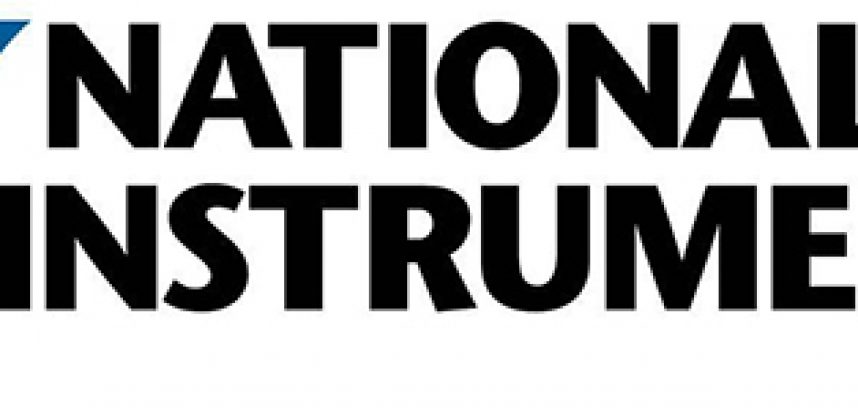Counterfeit Components: More than parts — it is about people
With the dialog about counterfeits in the supply chain, it is easy to lose track of what counterfeits actually mean. Yes, they will hurt your business. Yes, they can lead to heavy penalties and jail time, but counterfeits can also lead to jeopardizing lives; a risk that could otherwise have been avoided.
I am always looking for recent numbers and reports to keep the topic fresh and moving forward. But, recently, as I researched my paper for the upcoming SMTA International conference, I’ve come across some new numbers that drives home, once again, how vulnerable everyone is to the issues around counterfeits.
I personally take an average of 2-4 flights every month. According to the FAA, the amount of travel Americans are doing both for business and recreation is increasing. It is projected that the total number of people flying commercially on U.S. airlines will increase from 732 million to 746 million in 2013, and increase to 1.2 billion by 2032. And in 2010 the FAA estimated that some 520,000 counterfeit parts make their way into planes each year.








 After our
After our 


